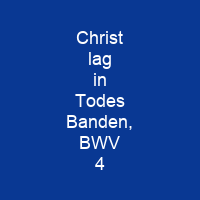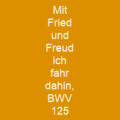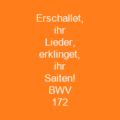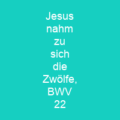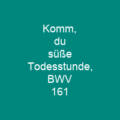Christ lag in Todes Banden is a chorale cantata by Johann Sebastian Bach. Bach is believed to have written it in 1707 for a performance in Mühlhausen. It is based on Martin Luther’s hymn of the same name, the main hymn for Easter in the Lutheran church.
About Christ lag in Todes Banden, BWV 4 in brief

The score reflects the resources at Bach’s disposal, it was old-fashioned and exemplifies a 17th-century Choralkonzert style; the lost scoring of the earlier performances was perhaps similar. According to the musicologist Martin Geck, many details of the score reflect \”organistic practice\”. In Arnstadt the Kantor Heindorff was responsible for church music in the Upper Church and the New church where Bach was the organists. He would appoint a choir prefect for vocal music for both churches. He typically conducted music for the Upper and New Church, and would appoint an organist to conduct the choir in the Newchurch. The New Church was the exception to the rule, with Bach conducting both churches at the same time. Bach later twice performed it as Thomaskantor in Leipzig, beginning in 1724 when he first celebrated Easter there. Only this second version survives. It’s scored for four vocal parts and a Baroque instrumental ensemble with two components, an instrumental \”choir\” of cornetto and three trombones doubling the choral voices, and a string section of two violins, two violas, and continuo.
You want to know more about Christ lag in Todes Banden, BWV 4?
This page is based on the article Christ lag in Todes Banden, BWV 4 published in Wikipedia (as of Dec. 05, 2020) and was automatically summarized using artificial intelligence.
